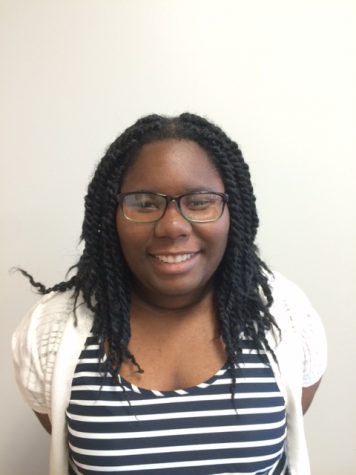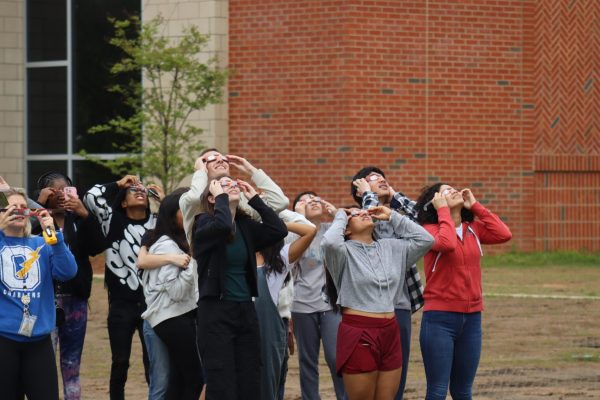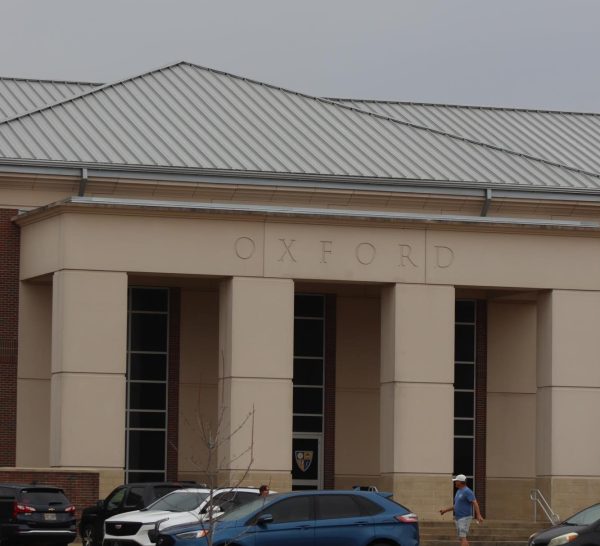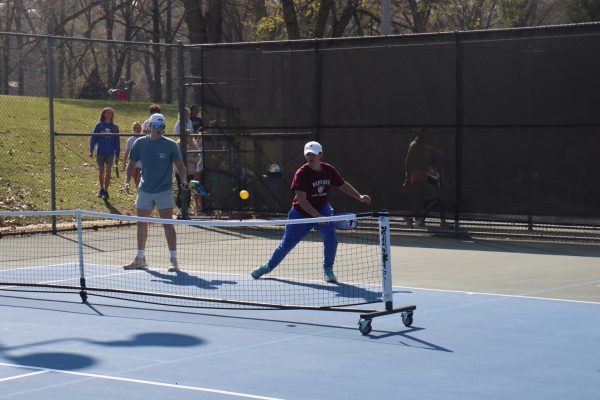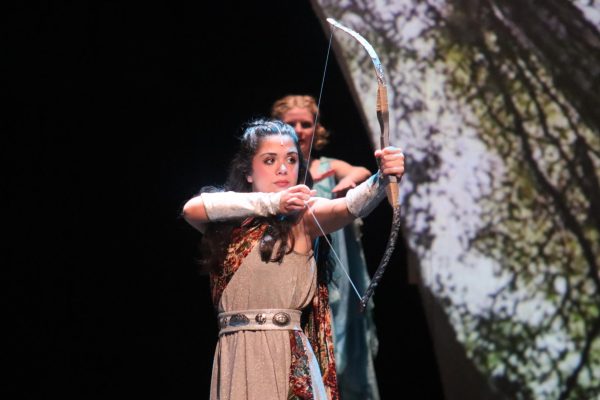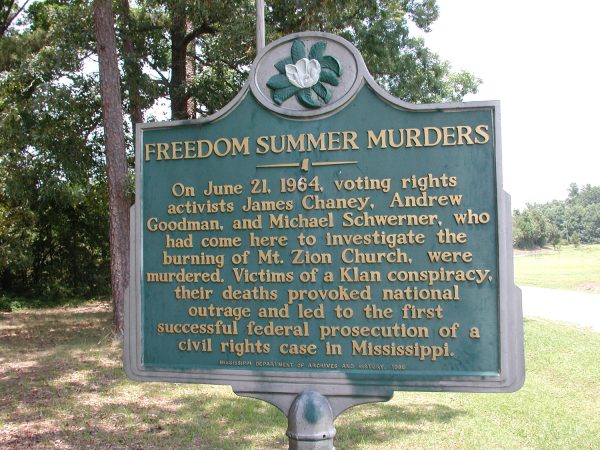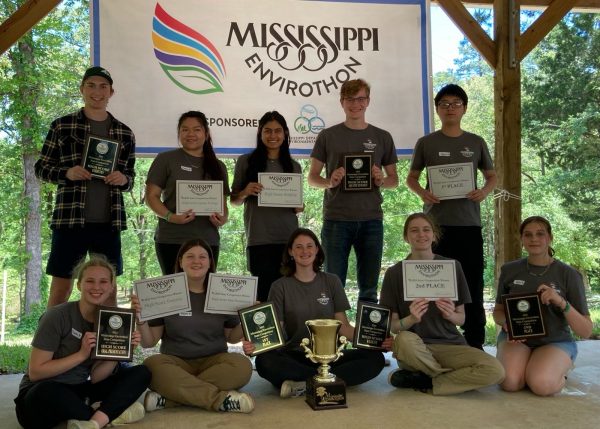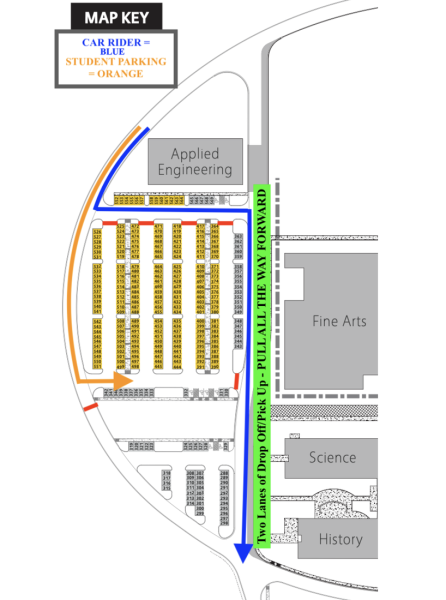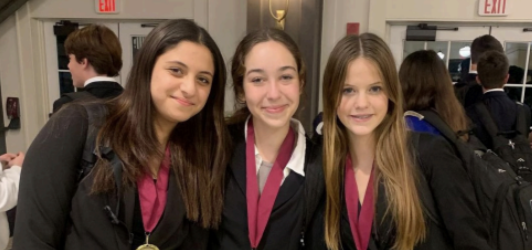Understanding New Flex Schedule
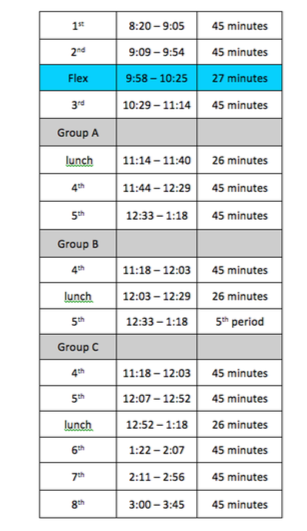
January 19, 2016
Flex scheduling will start this week, beginning Today.
The flex schedule will be for four days a week: Monday, Tuesday, Thursday and Friday. Wednesday is not a part of the flex scheduling because of “One Thing Wednesday,” in which there are to be no extracurricular interruptions during class and instructional time.
Twenty-seven minutes will be built into the existing school-day bell schedule between second and third period. This allotment of time will provide students the opportunity to receive extra help from teachers, complete make-up work, finish homework and/or study.
“I feel that the new flex may be really confusing,” said OHS junior Shonta Bowen.
And that is why Oxford High School is hosting an informational night regarding the school’s new vision, mission, and the flex schedule on Jan. 21, at 6 p.m. in the school’s cafeteria.
So, how will this flex scheduling work?
Students are to attend their first- and second-period classes, and after second period, for the “flex” they will go to their first-period classroom on Monday for a study-hall period, their third-period classroom on Tuesday, their fifth-period classroom on Thursday ,and their sixth-period classroom on Friday or head to their course’s classroom where they are to receive tutoring or make up assignments missed due to an absence in that day’s designated subject. Monday is the social studies teachers’ day to schedule students to receive extra help in their respective social studies course, Tuesday is for the English teachers, Thursday is for science, and Friday is for math.
English teacher Katie Bridges said, “I think that it is a good idea. If the classes are smaller, it would be easier for a student to get more5 one-on-one help.”
If a student needs to go to a course whose subject isn’t the theme for the day or is an elective course, then his or her teacher can attempt to schedule ahead of time for that student to go to that course.
“I think that it is a good idea, especially because I’m not doing the best in U.S. History,” sophomore Emily Hollowell said. “I don’t really understand it that well, but the idea itself is, I think, a good one.”



